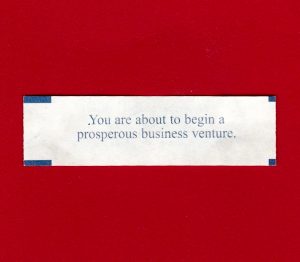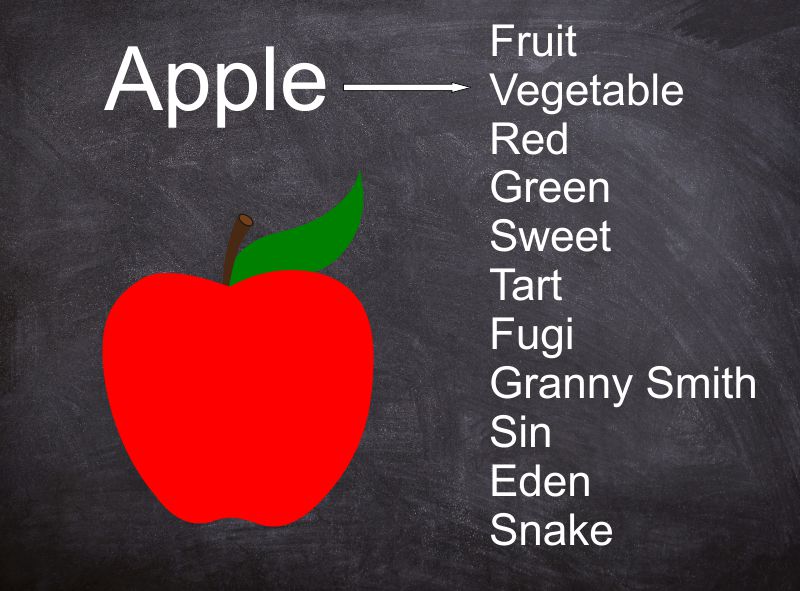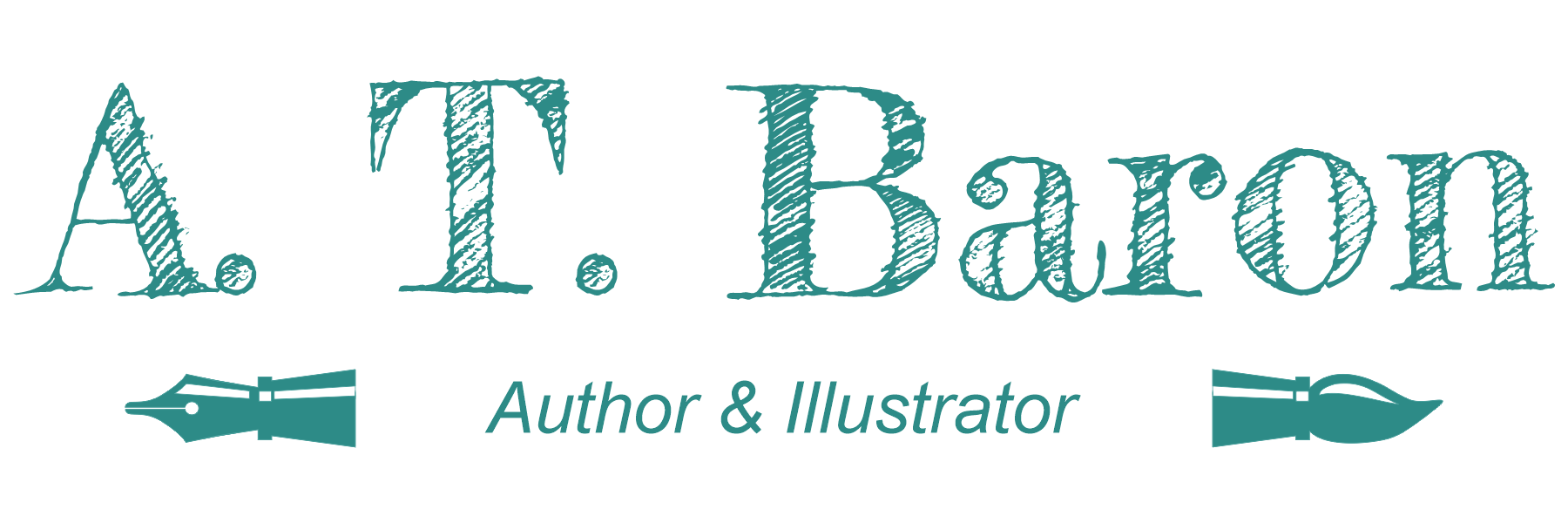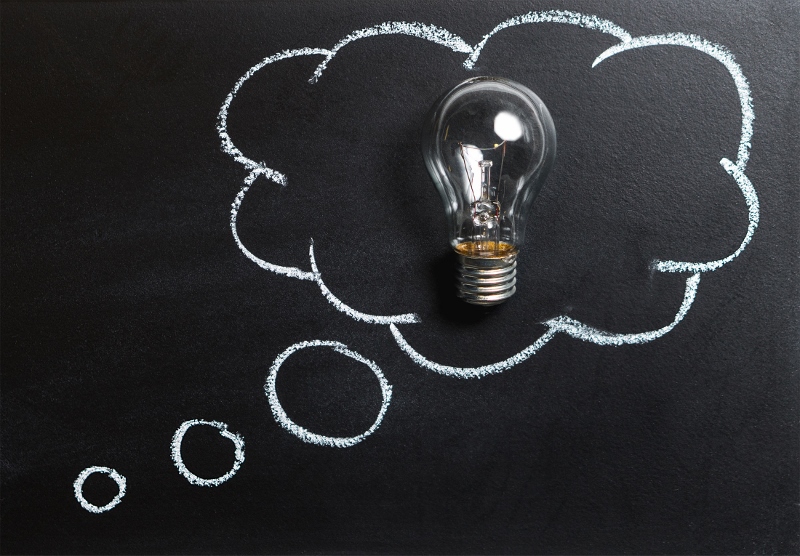Fortune Cookie Friday: Monetize Your Mind

I am an independent contractor and small business owner. That’s my fancy way of saying I write, illustrate (for myself and others), and sell my works through my own shop, Otter Things™.
Starting a business venture can seem like a daunting act. Entrepreneur has a good article, “7 Key Steps Toward Starting Your Own Business”, that can help you out. It includes business plans, marketing, brand-awareness, etc. Of course, none of this will help without an original idea.
“Ideas are the currency of the 21st century,” according to bestselling author Claudia Azula Altucher. A simple idea can launch you into the realm of the rich and famous if executed properly. Even an idea that has already been tried and failed, can still succeed if we change the execution.
So how can we get our hands on this new form of currency? Where do these ideas come from? They come from a collaboration of that spongy mass between your ears and that beating muscle in your chest. We can generate these ideas in two ways, actively or passively—we can work at having an idea or let it come naturally.
Passive Idea Generation
The passive generation of ideas usually occurs during times of relaxation or dreaming. Some of my own ideas have percolated out of dreams, but I have found that my creative muse is more effective—and easier to recall—when I listen to music. Studies have shown that music is great for a creative mind by helping it produce certain brain waves.
 During normal waking hours, our brains produce beta waves. The waves vibrate at a frequency of 14 to 40 Hz. At these levels, we are able to respond to the daily tasks of life like learning, driving, and conversation.
During normal waking hours, our brains produce beta waves. The waves vibrate at a frequency of 14 to 40 Hz. At these levels, we are able to respond to the daily tasks of life like learning, driving, and conversation.
As we relax, our brain wave frequency slows down and produces Alpha waves. These are associated with a relaxed state of mind that occurs during a normal resting state. These waves vibrate at 8 to 13 Hz. We enter and Alpha state when we are vegging on the couch after a long day of work. We pop off our shoes, take a nice deep breath and let the days troubles fade. Our brains also enter an Alpha state when we listen to certain music, like classical compositions.
Even deeper relaxation can take us to the Theta level, at 4 to 7 Hz. Ah, become one with the force, young Jedi. This is the state of relaxation right before we fall asleep and during meditation. We produce Theta waves when we perform mundane tasks and daydream. Theta waves also occur when we are mentally relaxed during activities like outdoor jogging and long drives on the highway. When we’ve been driving and can’t recall the last few miles, our minds were in the Theta level.
When our brains really slow down, they produce Delta waves, 0.5 to 3 Hz. This occurs when we experience dreamless sleep and the deepest meditation. Delta waves are healing and regenerative waves and this is why good sleep is so important for us.
If you want to power up your passive idea generation, perform activities that make your brain produce Alpha and Theta frequencies. Meditation, music, and long walks in the woods have inspired many great minds of the past and present.
Active Idea Generation
Although we don’t have to expend energy to get ideas, it can help—especially when time isn’t on our side. That’s when we kick into active mode and we start brainstorming.
Brainstorming is a problem-solving technique that comes in many forms. This article has a selection of methods that are easy for anyone to use. We can also combine methods to really stimulate the creative flow. Although we typically perform brainstorming in groups, we can also do it alone.
Brainstorming Methods
Associative: a way of solving a problem by making connections based on responding to the problem with the first thing that comes to our minds. Word storms and mind mapping are great examples of these.
With word storms, we simply write down a word that corresponds to our problem. Then, we start writing whatever words spring into our minds when we think of the original word. We will quickly notice themes appear in our words and group them to formulate solutions.

We can use random association with this same list and bounce two or more words off each other. This can give us further topics to look into. The words fruit, red, and green can lead to writing ripe, raspberry, and cherry.
Mind mapping is a similar method with a visual mapping of ideas or associations in a branching matrix. Your main concept sits in the center and branches out into associated ideas and sub ideas.

If we find our map cramped on standard paper, it can be helpful to use individual pieces of paper for each word. We can spread these out on a table or use sticky notes on a wall. We can even move the words around to give us more ideas.
Measurable: a technique to solve a problem by weighing two options against each other. An example of this would be a Pro vs. Con list.

This method is easy and since there are few rules with its use, very effective with making decisions.
Perspective: an approach that uses the “What if…” strategy to come up with ideas and make decisions.
When working on character traits for a protagonist in a book, for example, we can put ourselves in their shoes and imagine how they would react to situations. I did this very task for the character Blade in The Ruby’s Cell.
I was writing the scene where he realizes he has to learn to fight with a sword. I put myself in that position by having a knowledgeable friend teach me some basics. I learned how heavy a sword was and what muscles and motions were needed to wield it. The information helped me write a better scene with more feeling.
Not every example will require us to actually perform a task to see a different perspective. Even using our general knowledge and imagination can help us. We have all been tired at some time and know the effects it has in our lives. From that, we can come up with ideas on how to write about sleepiness and even remedy it.
I should note that negative feelings can inhibit the flow of creativity. When brainstorming, being critical of ourselves or others can prevent us from opening our minds to all possibilities. We need to open our hearts and put aside judgments to allow creativity to work. Our primary goal is to find ideas. We can determine if they are worthwhile or not later on.
The more we practice coming up with ideas the easier it will become. Relaxation and brainstorming can allow us to come up with an infinite amount of ideas. We can sift through them and choose the ones we like best. We can organize them by the ease of execution or investment. With a little development, we could very well have the next Angry Bird, Amazon, or American Express.
Anyone can come up with ideas. We need to open our minds and hearts to light that bulb. When inspiration sparks, grab hold of it and go. If ideas are the new currency then everyone is a potential billionaire.




